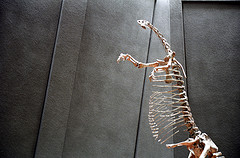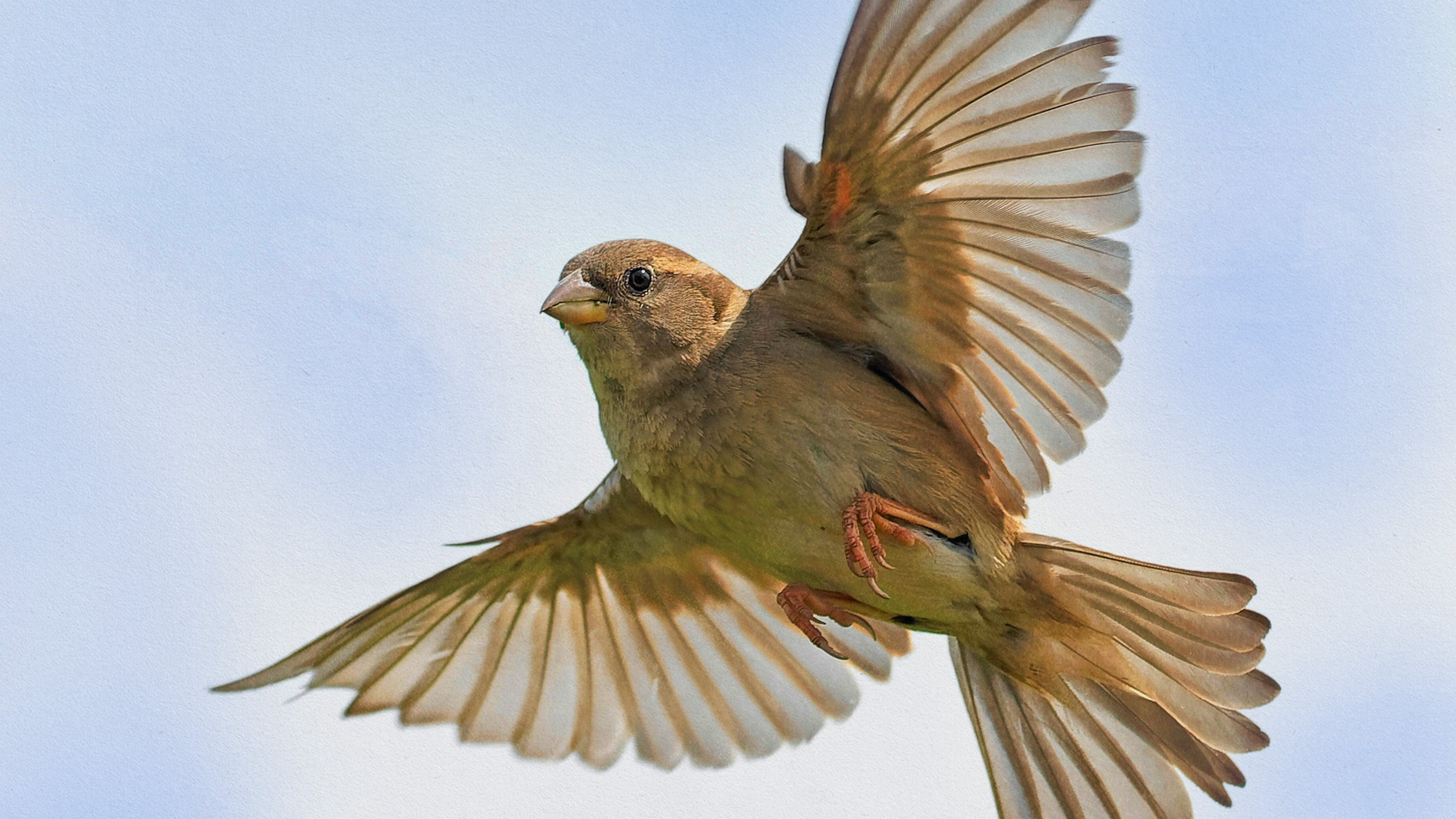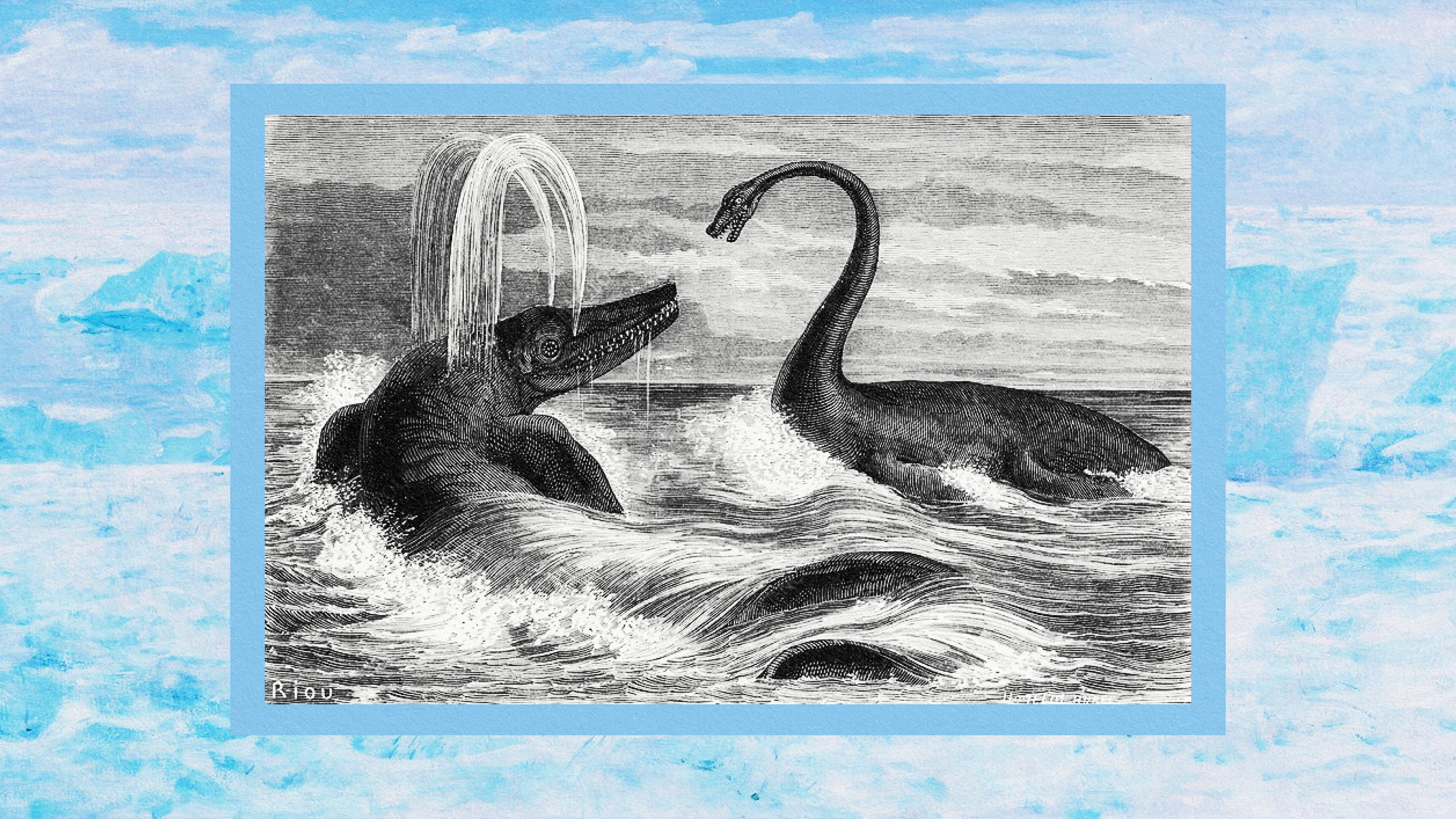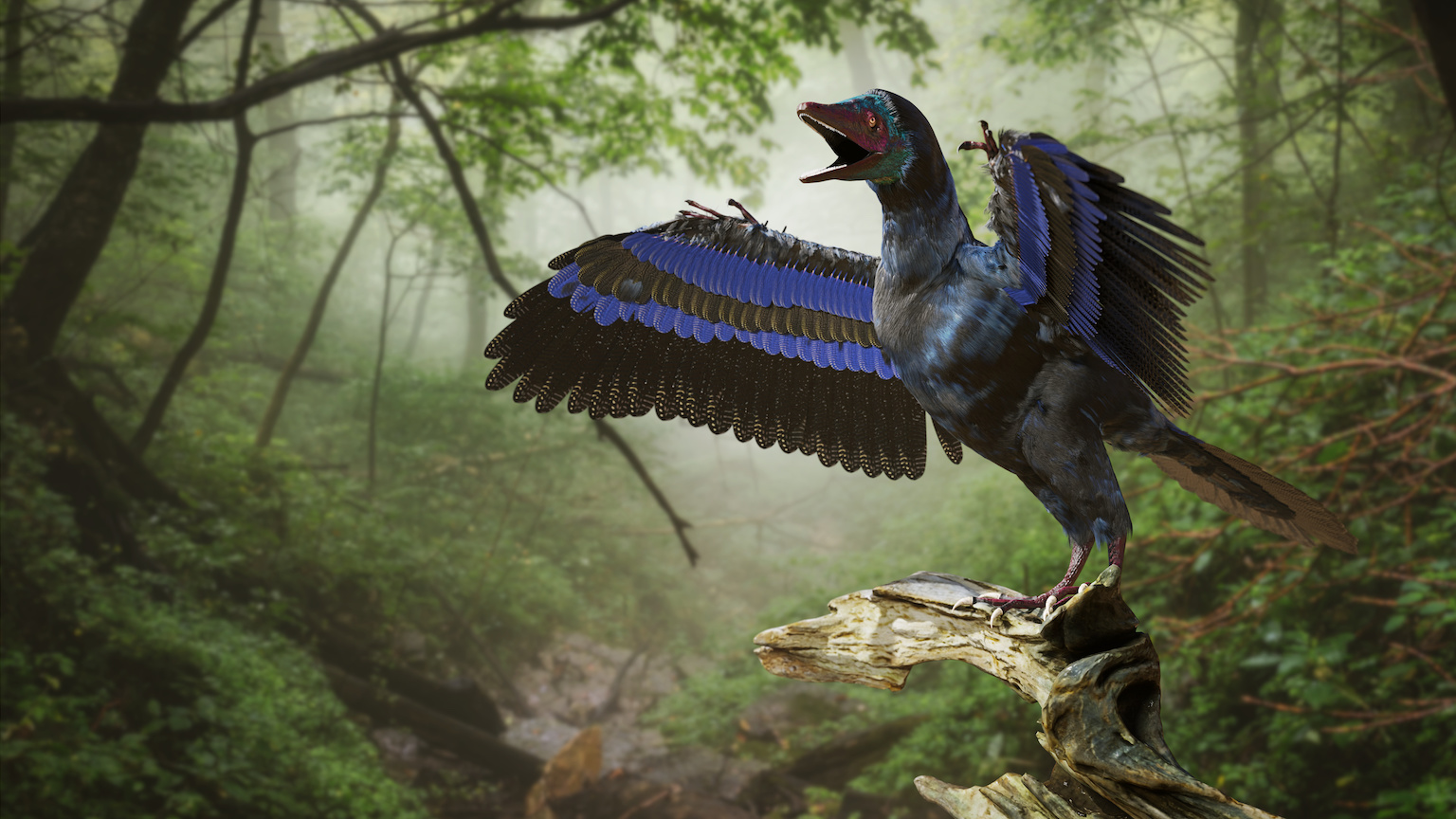New Insights Into What Killed The Dinosaurs

Until some mad genetic engineer with a cache of tropical real estate makes Jurassic Park a reality, the details of the lives of dinosaurs beyond what fossils and fossilized footprints can tell us will remain clouded in mystery.
What color they were is an obvious one, but plenty of dino anatomy remains unknown. However, while the planetary disaster of 65 million years ago took care of the dinos, lots of other species stuck around. And one of those, alligators, a close dinosaur relative, is giving biologists a new way answer a question that paleontology can’t.
The terrible lizards rose to prominence 220-230 million years ago, a time when the Earth’s environment was a lot different. Nitrogen makes up the majority of our planet’s present atmosphere, with our precious oxygen coming in at about 21 percent o the air. However, at the dinosaur’s dawn that number was even lower—about 12 percent. So to figure out how dinosaurs might have developed in an oxygen starved world, scientists took alligators, which were around in those days and have barely changed, and simulated the 12-percent-oxygen world for some of the reptile’s eggs.
The experiment, reported in the Journal of Experimental Biology , actually included incubating gator eggs at three different oxygen levels—the 12 percent of early dino days, the 21 percent of the present, and 30 percent as well. Early on, the 12 percenters struggled, encumbered by not being able to absorb all the energy from the eggs yolk. But the little gators adapted to their environment. All their other organs shrank to make room for a larger heart to optimize the oxygen they could get. Why name maximize lung power? The scientists speculate that it’s because the growing gators inside the egg use blood vessels to obtain oxygen, not their lungs just yet. Thought the low-oxgyen gators never quite caught up to the metabolic rate of the others, eventually they got close.
This kind of study can’t tell us anything for sure about the dinosaurs, but it leaves tantalizing clues about them while revealing some interesting traits of their still-around cousins. While rapid changes in the atmospheric oxygen level seriously affects their biology, they can survive, which is probably one of the reasons gators have endured for so long. Their dino relatives, whether or not they had the same talent, weren’t so lucky.





